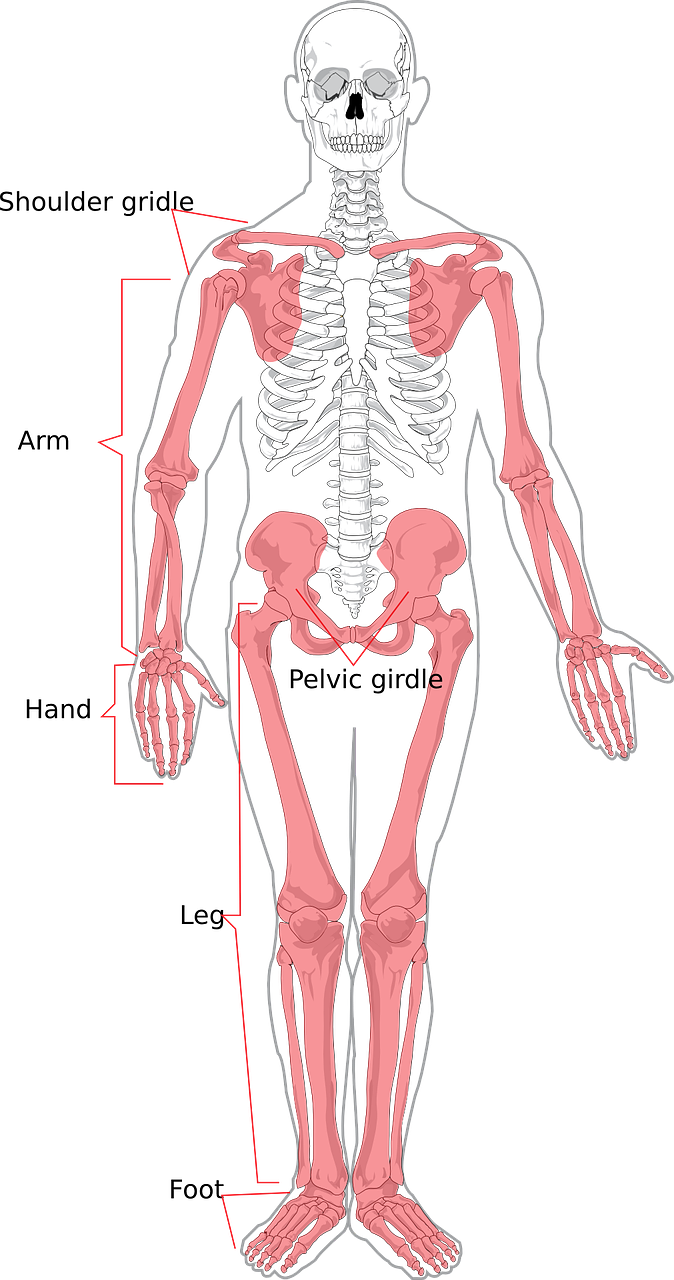Table of Contents
ToggleWhat Is Joint Mobility?
Joint mobility quantifies the range of motion within your joints. While there are many joints in a human body, shoulder joints, hip joints and knee joints often receive more attention than others. Joint mobility is largely dependent on the flexibility and strength of surrounding tissues, in most cases muscles. Therefore, healthy level of joint mobility indicates that the muscles around the joint are strong and flexible.
Different joints have different ranges of motion, and if you are interested in specific values, visit here.
What Does Joint Mobility Have To Do With Physical Appearance?
Physical appearance is significantly influenced by the interplay of bones, muscles and skin. When skeletal structure is the primary underlying cause of aesthetic concerns, surgical intervention may be considered as a primary option. However, if muscular development is the dominant influence, non-surgical approach should be prioritized.
Muscles play a significant role in shaping body contours. For instance, snatched waist is often hailed as a desirable body trait regardless of gender. While waist circumference and contour are affected by the relative size of rib cage and pelvis, the core musculature, particularly transversus abdominis, significantly contributes to its shape. Therefore, strengthening this muscle can effectively reduce waist circumference.
A correlation between improved joint mobility and positive changes in physical appearance can be deduced, considering that healthy muscles support both joint function and body contour.
How To Improve Joint Mobility
Smooth joint movement is permitted only when all the surrounding muscles are strong and flexible.
The common mistake is to work on too few muscles during a workout session. For instance, shoulder joint is surrounded by multiple muscles including rotator cuffs, pectoralis minor/major, trapezius et cetera. Working on only one or two of these muscles won’t yield a satisfactory improvement in mobility. Therefore, when trying to boost joint mobility, basic knowledge of muscle anatomy is always helpful. If your goal is to better shoulder joint mobility, you should take time to strengthen and stretch every single muscle around it.
These exercises are different from bodybuilding. While bodybuilding exercises are more oriented towards increasing muscle mass, exercises aimed at mobility or flexibility are more about getting individual muscles healthy. While there’s no correct answer to the composition of a workout plan, I strongly recommend anyone striving for improvement in mobility to include three major exercises into their routine: strengthening, stretching and massaging. By massage, I am not talking about visiting professional massage shops. You can easily do it yourself by gently pressing onto tightened muscles.
Is Joint Mobility Related to Posture?
Definitely. Many postural issues that plague contemporary citizens arise as a consequence of restricted joint mobility. Any postural issues ranging from turtle neck syndrome to rounded shoulder has to be addressed as quickly as possible, because these postural problems not only give rise to musculoskeletal issues but also affect body’s nervous system, causing a wide range of problems ranging from chronic fatigue to deteriorations in cognitive capacities.
However, postural correction should never be confused with tensing muscles. Many people, when attempting to straighten their back, do so by overarching their lumbar spine. This is completely wrong and dangerous. When straightening out back, chest and shoulders, you should do so by mainly using muscles located above the lumbar region, not by overusing the muscles in the lower back region. In most cases, tensing postural muscles doesn’t help with postural correction. Indeed, it is much better to keep most of your muscles as loosened as possible during the daily life, because stress responses that culminate in excessive tightening of muscles often are the roots of the postural problems.
About The Importance of Diaphragmatic Breathing
While we are prone to forgetting it, the process of breathing involves the use of muscles! Major muscles that should take part in breathing are diaphragm and intercostal muscles. However, people with tense shoulder and neck muscles often forget to use these major respiratory muscles, and this creates a lot of problem for the musculoskeletal system.
When inhaling, shoulder and neck muscles should stay relatively relaxed, and should move only a little. If your shoulder rises a lot while taking breath in, you probably are not doing diaphragmatic breathing, and are probably doing a shallower version of breathing that is less beneficial for health. I wrote about diaphragmatic breathing in the past, so if you want some extra detailed information regarding it, please read this post.
Conclusion
If you want to be as beautiful as possible without the aid of plastic surgery, taking care of joint mobility would always be the best choice. If you have any extra questions regarding the topic, please leave the comment! Thanks for reading and see you later.
